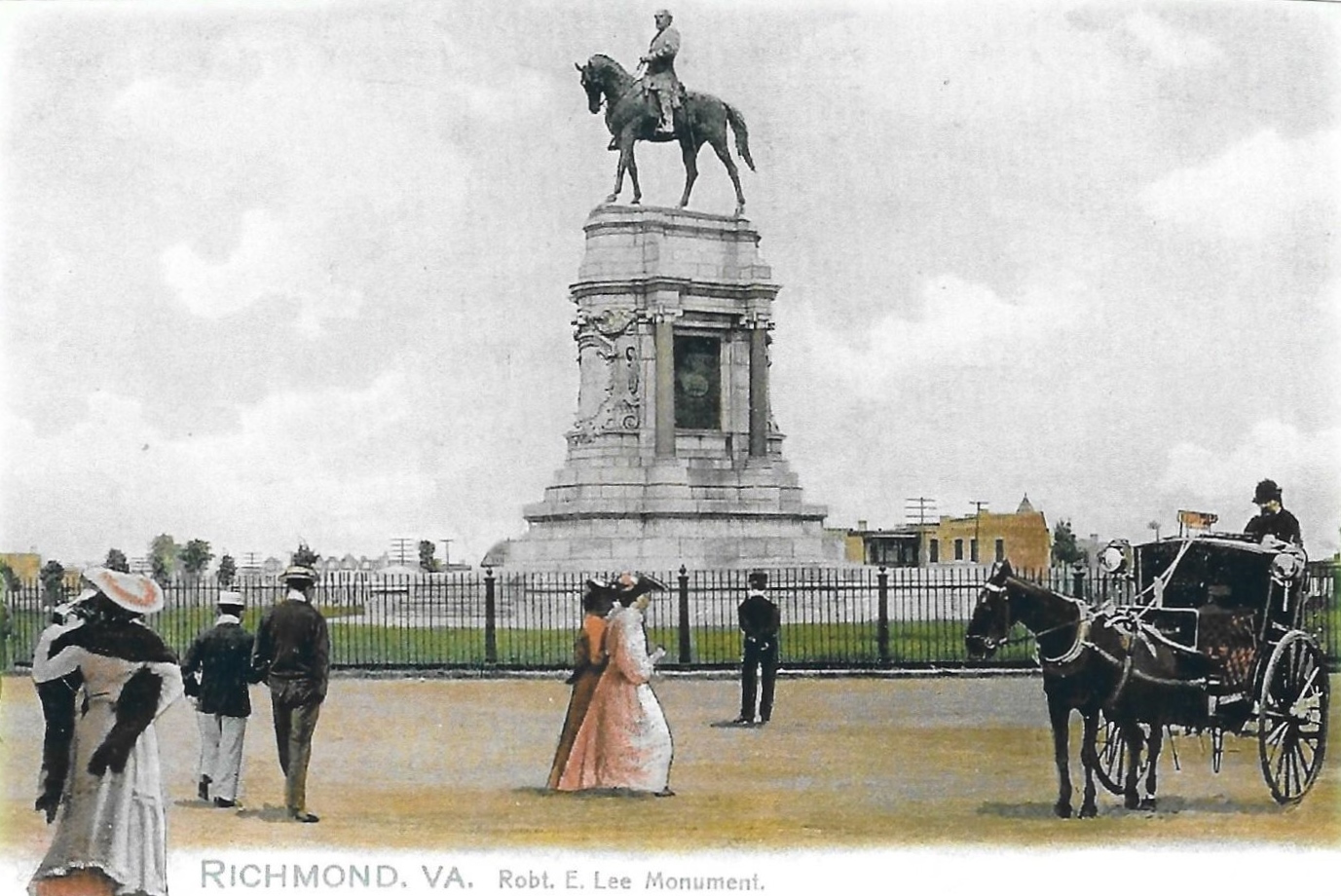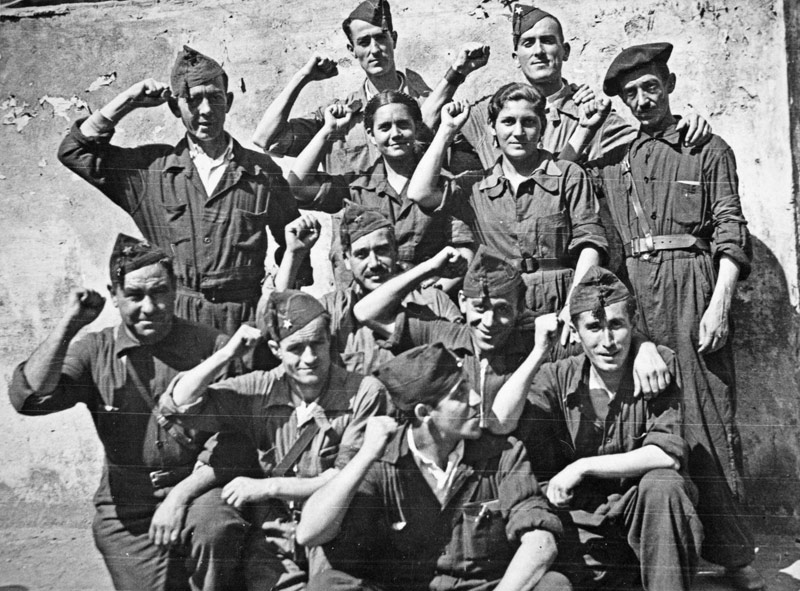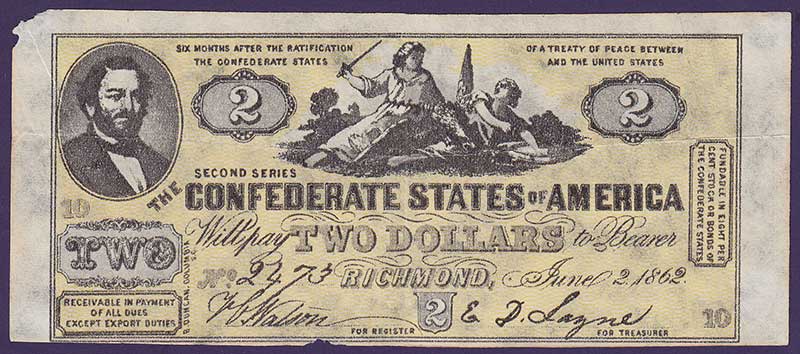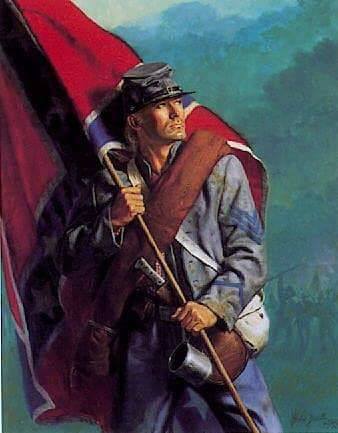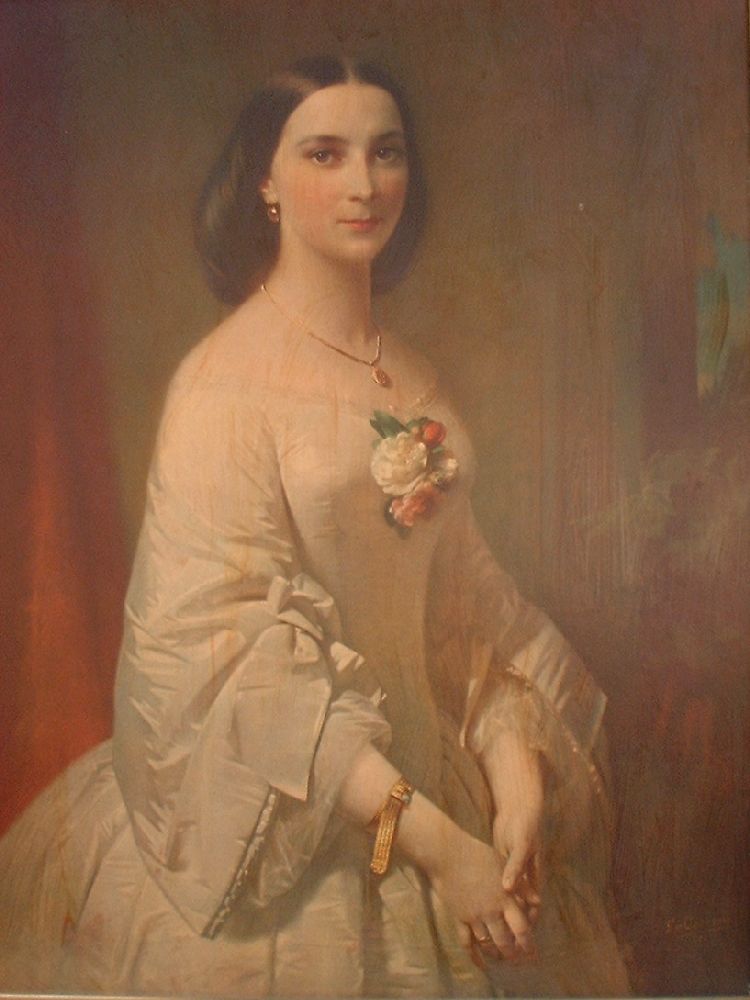National Personifications --- TL-191 -- The Confederacy's Personifications
@Allochronian @Historyman 14 @pattontank12 @cortz#9
Okay guys, here's a fun one. So, the United States has Columbia and Uncle Sam. The United Kingdom has Britannia and John Bull. The Russian Empire has Mother Russia. France has Marianne. See where I'm going with this? They're all the personifications of their respective countries in some way or another. In the United States' case Uncle Sam is more representative of the
government of the US, while Columbia herself is more representative of the country as a whole.
You see them and other national personifications in many things - propaganda, political cartoons, advertisements, media, and so on. Seems that every major country had some kind of national personification of their nation at one point or another.
So, that's my question - what would be the national personification(s) of the Confederate States of America? What would be the iconic symbols and look of the Confederacy represented in propaganda and political cartoons and such. Would they be a man or a woman or both? What would their names be? What would they look like?
View attachment 455903
^^^ --- Columbia - Female personification of the United States.
View attachment 455905
^^^ --- Britannia, female personification of Great Britain.
View attachment 455906
^^^ --- Marianne (France), Britannia (Great Britain), and Mother Russia (Russian Empire).
View attachment 455908
^^^ --- Mother Britannia shakes hands with Daughter Columbia.
View attachment 455919 View attachment 455920
^^^ --- Uncle Sam and John Bull portrayed in cartoons and propaganda.
View attachment 455923
View attachment 455924
^^^ --- Various iterations of John Bull and Marianne.
View attachment 455922
^^^ --- Personification of the short lived Second Spanish Republic (1931-1939)
So that's the question guys. What would a male and female personification of the Confederacy look like? And what would be there names?
